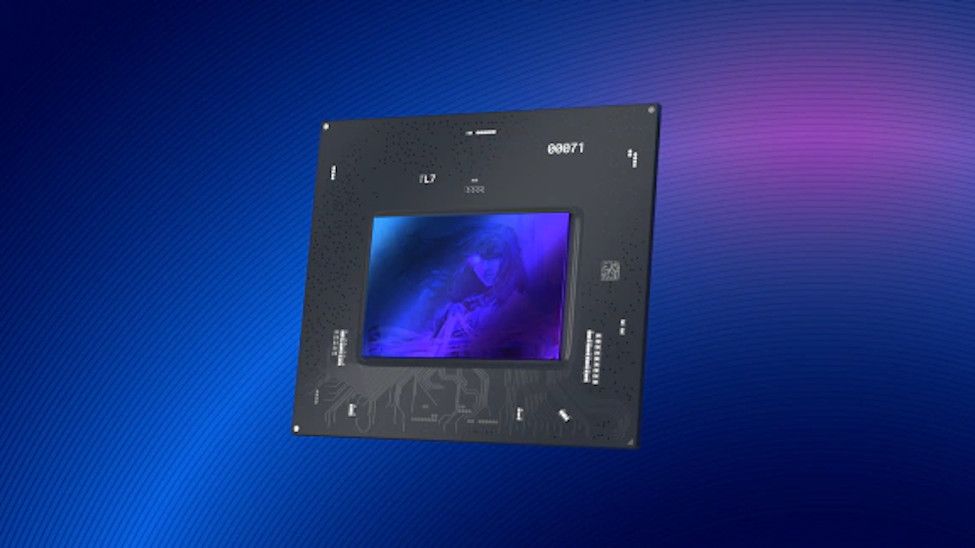Intel Arc GPUs get a much-needed gaming boost with a simple driver fix
One line of code – that’s all it took for a massive increase in ray tracing performance on Intel Arc Alchemist GPU, thanks to Intel graphics driver engineer Lionel Landwerlin. With Intel’s new graphics cards somewhat floundering with performance issues and driver teething issues, it’s a welcome sight.
Landwerlin describes the change as “like a 100x improvement (no kidding)” in the text description of his merge request for the new line of code. It sounds like hyperbole, but a quick search of the request details immediately shows that it isn’t.
Do not worry; we won’t get too complex with this explanation. Intel’s DG2 “Alchemist” GPU has been in development for years, and Intel has been aiming to implement Vulkan ray tracing capabilities since at least 2020. When this driver was originally written, a minor oversight from the original engineer saw the GPU tap into system memory. (the RAM mounted on the motherboard) rather than local memory (the GPU’s onboard VRAM).
This caused a huge performance hit because the GPU had to communicate with system memory to process ray-tracing directives, which introduced an unacceptable level of memory latency. The fix – a single line of code that flags local memory for ray-tracing process allocation – means performance is now at the level it should have been all along.
Analysis: Intel needs every advantage it can get right now
Intel’s heavily delayed Arc GPU series is finally appearing in the wild, with the budget A3 cards available now in select Asian markets, while the more powerful gaming-oriented A7 GPUs are already being teased for a global launch.
Nevertheless, Intel should be concerned; first impressions of Arc have been lackluster and serious competition is coming in the form of Nvidia’s Lovelace and AMD RDNA 3 GPUs. The first-gen Arc cards appear to rival current-gen offerings from Team Green and Team Red, but Intel needs to get those cards on sale quickly if it wants to secure a significant market share.
This driver fix, combined with signs that Intel might have err on the side of caution with the power consumption of Arc cards resulting in lower initial gaming performance, indicates that Intel could still remain competitive with the best graphics cards on the market. We’re still hopeful that the Arc series will become a serious competitor to GeForce and Radeon, but only time will tell. But hey, at least crypto miners won’t scalp them.
Of Phoronix (opens in a new tab).


Comments are closed.